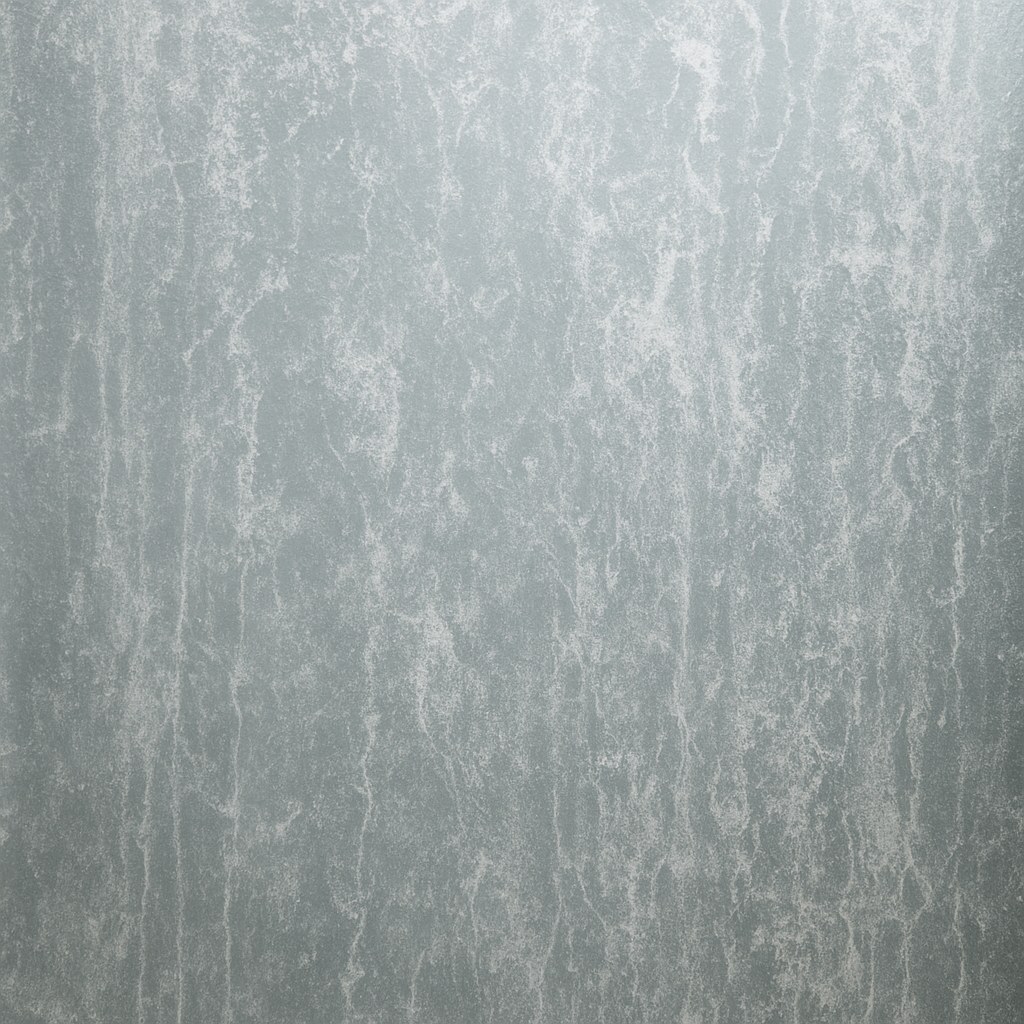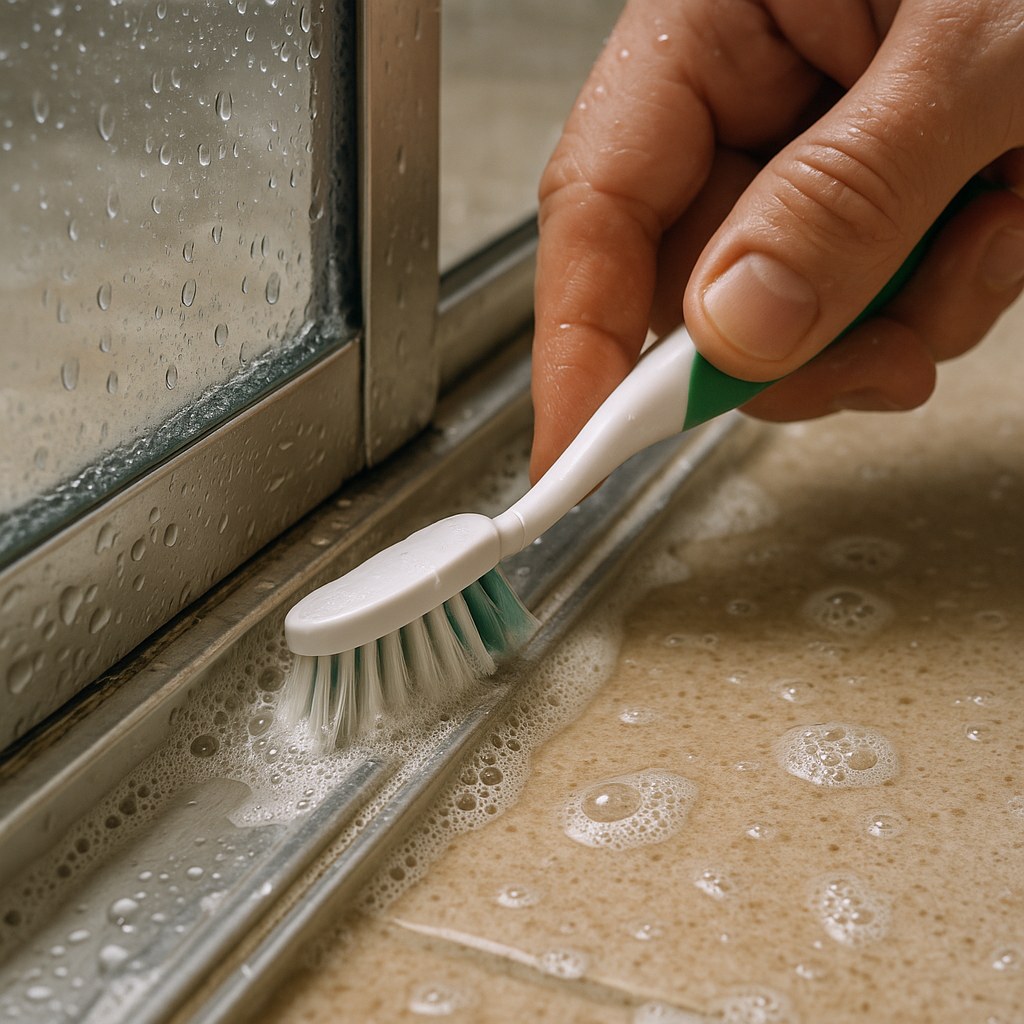How to Remove Soap Scum From Shower Doors
Loading content…
Loading content…
Hey there, it’s Tyler from Casa. Let's talk about something we’ve all faced: that stubborn, cloudy film on the shower door that just won’t seem to go away. That, my friend, is soap scum. It builds up over time, turning your once-sparkling shower into a dingy, uninviting space. It’s not just an eyesore; it can also harbor bacteria and mildew.
The good news is that you don’t have to live with it, and you certainly don’t need to resort to harsh, expensive chemicals to get rid of it. With a little bit of know-how and some common household items, you can restore your shower door to its former glory.
In this guide, I’m going to walk you through everything you need to know about how to remove soap scum from shower doors, whether they’re glass, plastic, or have a special coating. We'll cover identifying your door type, the best cleaning methods for each, and how to tackle those extra-tough buildups.

Before we dive into the cleaning process, let's quickly understand our opponent. Soap scum is a chalky, white or greyish residue that forms when the fatty acids in bar soap react with the minerals in hard water, like calcium and magnesium. This reaction creates an insoluble substance that clings to surfaces. Add in some body oils, dead skin cells, and dirt, and you’ve got a recipe for a grimy mess that’s notoriously difficult to clean.
Considering that over 85% of homes in the U.S. have hard water, it’s no wonder soap scum is such a common household problem. But don’t worry, we’re about to win this battle.
First things first, we need to figure out what kind of shower door you have. This is the most important step because using the wrong cleaning method can permanently damage the surface. Let’s put on our detective hats and some rubber gloves.
Check for a Label: Look carefully along the edges of the door or near the hinges for a manufacturer's sticker or an etched logo. This little clue might tell you if your door has a special protective coating, often labeled as "hydrophobic," "anti-stain," or simply "coated." These coatings are designed to repel water and soap, but they can be stripped away by abrasive cleaners.
The Knuckle Test: Gently tap the middle of the door with your knuckle.
Hinges or Tracks? Finally, see how your door opens. Does it swing outward on hinges, or does it slide along a metal track at the bottom? If it slides, we’ll have an extra step later to clean out those grimy tracks.
Once you’ve identified your door type, you’re ready to choose the right cleaning solution.
Now we get to the satisfying part: making that scum disappear. We'll break this down by door type to ensure you're using the safest and most effective method.
Uncoated glass is durable, which means we can use a slightly more powerful (but still natural!) cleaning solution. The dream team here is vinegar and baking soda.

If you discovered your door has a protective coating, you need to be much gentler. Abrasives and acidic cleaners like vinegar can damage the coating.
Acrylic and plastic are much softer than glass and can scratch easily. It’s crucial to avoid abrasive sponges, harsh chemicals, and even vinegar, which can make the plastic cloudy over time.
Did the initial clean leave some stubborn spots behind? Don't get discouraged. It just means you have some heavy, layered buildup that needs a bit more persuasion.
If these methods still don’t cut through the grime, it might be time to consider calling in a professional cleaner. Sometimes, years of buildup require specialized tools and solutions.
If you have a sliding door, the tracks are probably collecting a nasty mix of soap scum, hair, and mildew. Cleaning them is essential for a truly clean shower.

Now that your door is sparkling, let's keep it that way. Preventing soap scum is much easier than removing it.
DIY cleaning can solve most soap scum issues. However, if you’ve tried everything and the buildup won't budge, or if you’re concerned about damaging an expensive or specially coated door, it’s never a bad idea to call a professional cleaning service. The cost for a deep bathroom clean can range from $75 to $150, but it can be worth it for peace of mind and professional results.
There you have it—your complete guide to defeating soap scum for good. With a little bit of effort and the right technique for your specific door, you can enjoy a crystal-clear shower every day.
For more expert advice on tackling common home maintenance challenges, from plumbing to deep cleaning, download the Casa app today. Casa provides step-by-step guides for all your DIY projects and can connect you with trusted, vetted professionals when you need a helping hand. Happy cleaning